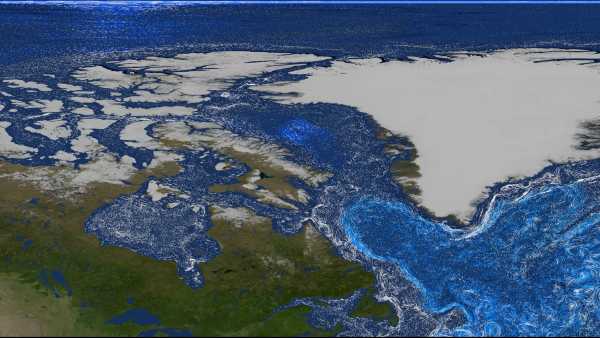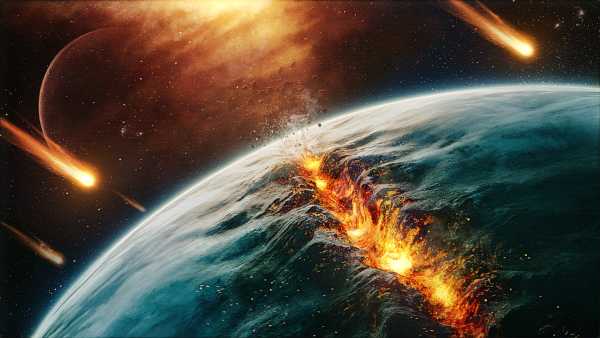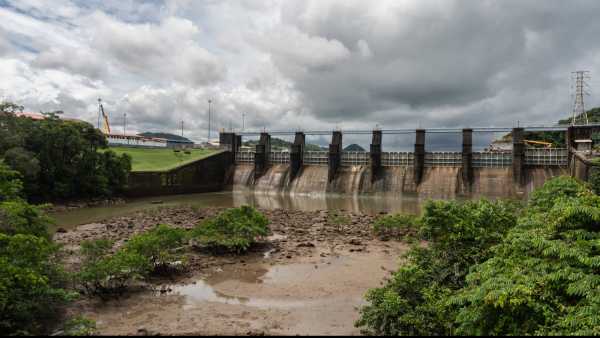
The 2023 drought caused water levels to drop so low that restrictions on the number of ships allowed through were imposed. (Image credit: Walter Hurtado/Bloomberg via Getty Images)
The Panama Canal, a vital route for global maritime trade, could be threatened by reduced rainfall and increased evaporation due to climate change unless greenhouse gas emissions are reduced, according to a new study.
Gatun Lake provides the vast amount of freshwater needed to operate the canal's locks. However, researchers have found that under a high-emissions scenario, in which greenhouse gas levels continue to rise, the water level in Gatun Lake will decline significantly over the next 75 years.
You may like
-
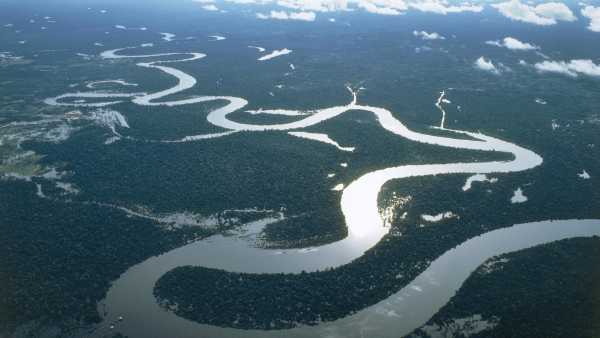
Even a small slowdown in key Atlantic currents poses a “massive risk” to tropical forests.
-
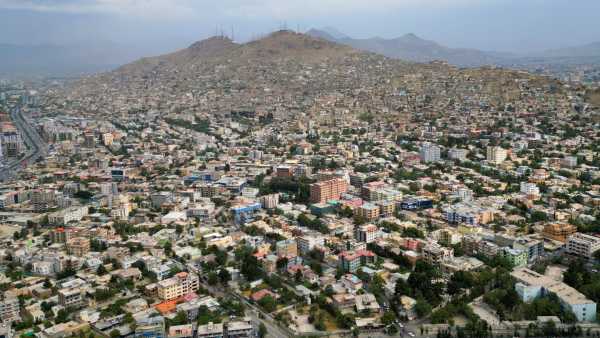
Kabul could become the first modern capital to run out of water – and here's why
-
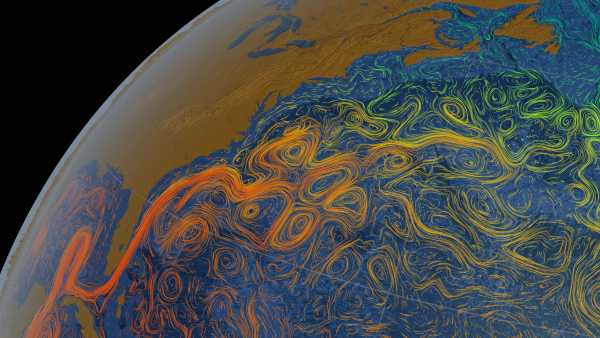
A new study has found that a key Atlantic current could begin to weaken as early as 2055.
“The more global warming we have, the higher our emissions, the less precipitation we get in Panama, especially during the rainy season,” lead study author Samuel Muñoz, an associate professor in Northeastern University's Department of Marine and Environmental Sciences, told Live Science. “Furthermore, the more the atmosphere warms, the more water is lost from Gatun Lake through evaporation.”
Fresh water, replenished by rainfall, is critical for shipping between the Pacific and Atlantic oceans. As ships pass through the Panama Canal, a series of three locks raises them to an altitude of 26 meters above sea level. At this altitude, ships cross Gatun Lake and then pass through three more locks to return to sea level.
The canal loses water during the operation of these locks. Using the artificially created Gatun Lake as a reservoir, water from Gatun flows into the lock chamber as the vessel rises to lake level, but is then released, and a significant portion of the water is lost as the vessel descends from the lock chamber to sea level.
A full passage through six locks consumes approximately 50 million gallons (190 million liters) of water. Panama Canal Administrator (ACP) Ricaurte Vásquez previously stated that the canal consumes approximately two and a half times more water per day than New York City.
Lake Gatun also serves as the main freshwater reservoir for the Panama City metropolitan area, providing drinking water to approximately 55% of the country's population.
In 2016, a drought caused water levels in Lake Gatun to drop to record lows, causing global supply chain disruptions and forcing the ACP to impose draft restrictions on vessels transiting the canal from April to June. Another drought in late 2023 and early 2024 also led to draft restrictions from the ACP.
In the new study, Muñoz and colleagues used projections based on four different 21st-century carbon emission scenarios.
You may like
-
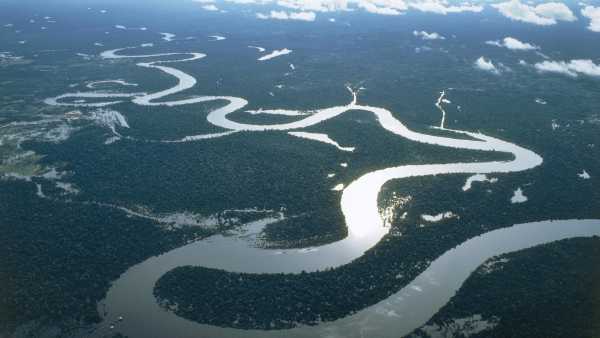
Even a small slowdown in key Atlantic currents poses a “massive risk” to tropical forests.
-
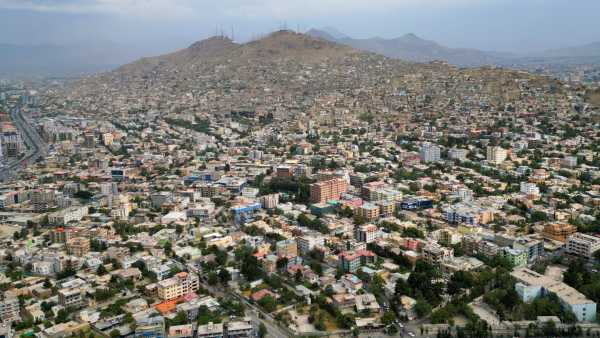
Kabul could become the first modern capital to run out of water – and here's why
-
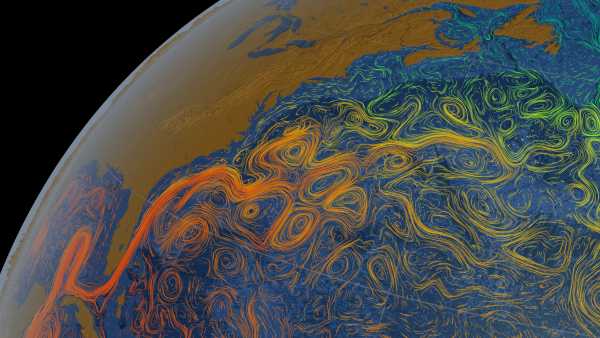
A new study has found that a key Atlantic current could begin to weaken as early as 2055.
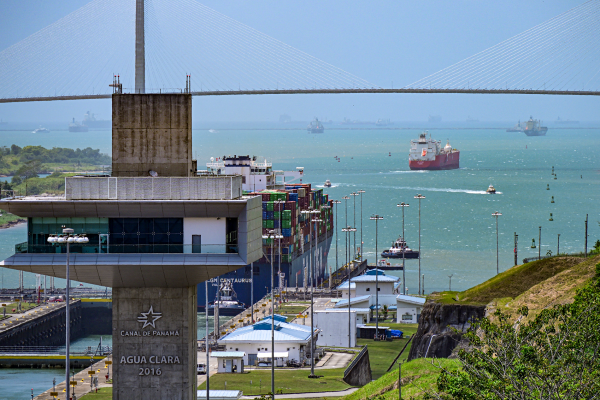
Scientists have calculated that the risk of drought in Lake Gatun will increase significantly by the end of the 21st century unless greenhouse gas emissions are reduced.
The team used average water level measurements and precipitation data from 1965 to 2023, as well as precipitation and evaporation estimates, to create models of future lake water levels. They then used this model to generate water level projections under various climate change scenarios.
The researchers found that under low-emissions scenarios, lake water levels remained relatively stable. However, under higher-emissions scenarios, low water levels became increasingly common throughout the 21st century. Under the highest-emissions scenario, the probability of reaching 2016 levels or lower in any given year doubled by the end of the 21st century, increasing from 2.5% to 5%.
“For Panama, this means, at least what the models tell us, that rainfall, especially during the rainy season, is decreasing,” Muñoz said.
The results indicate that the primary cause of the rainfall reduction is rising temperatures in the Pacific Ocean. The study is complicated by the fact that warming in the Pacific Ocean is also characteristic of years with strong El Niño events, which correlates with the rainfall deficit in Panama. It is currently unclear what impact climate change will have on future El Niño events and the broader El Niño-Southern Oscillation cycle, and potential changes to this system were not included in the study.
“The model isn't perfect. It's just a simulation. It's the best we can do right now,” Munoz said.
Steve Peyton, director of the Smithsonian Tropical Research Institute's (STRI) Physical Monitoring Unit in Panama, has been monitoring weather conditions on the Isthmus of Panama for nearly 30 years. Peyton, who was not involved in the study, urged caution in interpreting its findings, noting that the decade-to-decade variability of Panama's weather makes it difficult to detect the effects of climate change.
“It would be very, very difficult to pull something out and say it's a signal of climate change,” he told Live Science.
RELATED STORIES
— “Like a creeping mold spreading across the landscape”: Research shows that isolated arid areas around the world are coalescing into “mega-arid” regions at an alarming rate.
— “A harbinger of things to come”: NASA satellites show a significant drop in fresh water levels around the world.
— “Precipitation, the source of all fresh water, can no longer be relied upon”: the global water cycle has been disrupted “for the first time in human history”
Paton added that the study predicts lake levels based on weather patterns, but the ACP also takes actions that influence lake levels. For example, during the 2023–2024 drought, the ACP restricted vessel traffic, imposed draft restrictions, and even rerouted some cargo via a parallel railway to conserve water in the reservoir.
The study's authors acknowledge that human management of the reservoir influences water levels, but stated that they cannot directly incorporate management decisions into the study, citing a lack of publicly available documentation of their history. However, the authors noted that the study indirectly incorporates underlying reservoir management decisions made in previous decades, as the researchers used historical data to build their model.
The Panama Canal (ACP) is currently constructing a third artificial lake near the Indio River, west of Gatun Lake, to expand the reservoir. The country estimates the project will cost $1.5 billion and take 10 years to complete. However, its construction will expand the reservoir serving the canal and the Panama City metropolitan area.

Cory Kane, Live Science Contributor
Corey Kane is a freelance reporter based in Panama City, Panama. He covers science, environmental issues, immigration, politics, and crime in the region. His work has appeared in EcoAmericas, Tico Times, Al-Jazeera English, and the Houston Chronicle.
You must verify your public display name before commenting.
Please log out and log back in. You will then be asked to enter a display name.
Exit Read more
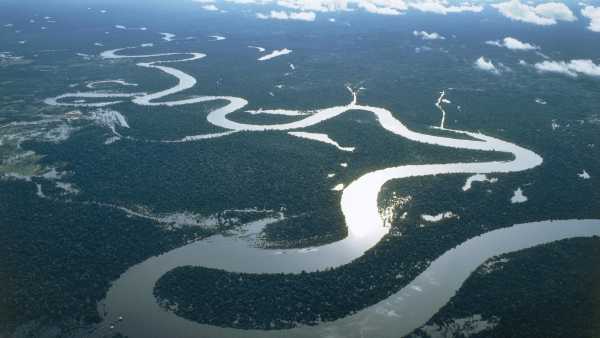
Even a small slowdown in key Atlantic currents poses a “massive risk” to tropical forests.
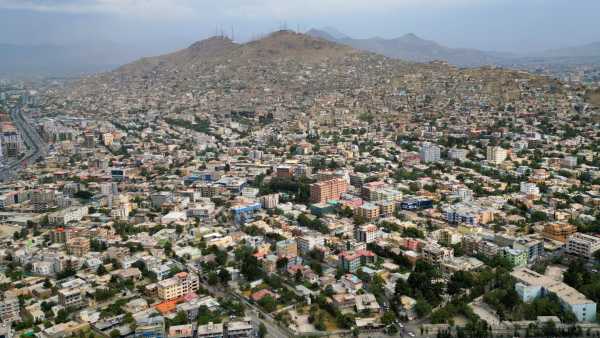
Kabul could become the first modern capital to run out of water – and here's why
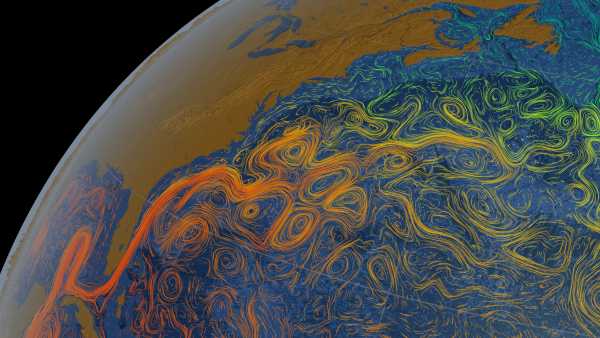
A new study has found that a key Atlantic current could begin to weaken as early as 2055.
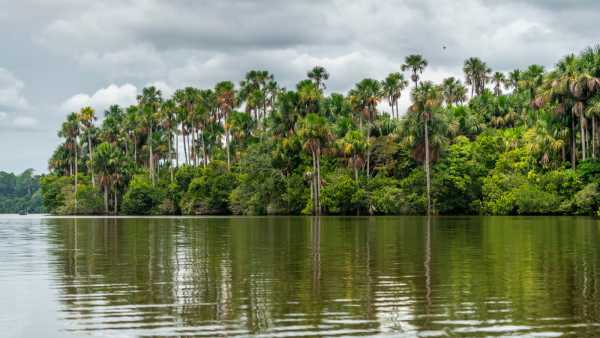
Amazon peatlands have stopped absorbing carbon. What does this mean?
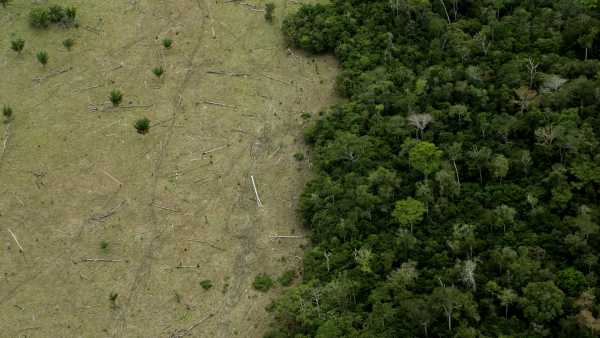
The Amazon rainforest is approaching a 'tipping point' that could transform it into a drier savannah.
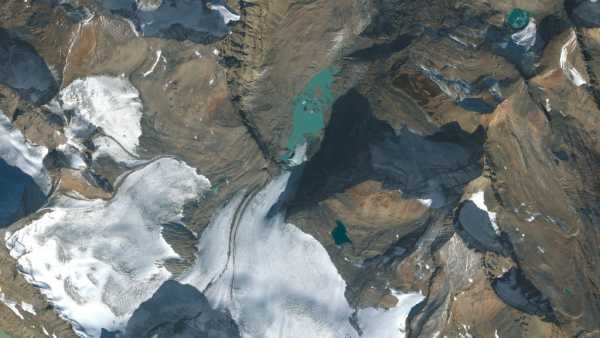
Glaciers in North America and Europe have lost “unprecedented” amounts of ice over the past four years.
Latest news on climate change

Yosemite's glaciers have survived for 20,000 years, but we may be the first people to see the Sierra Nevada ice-free.
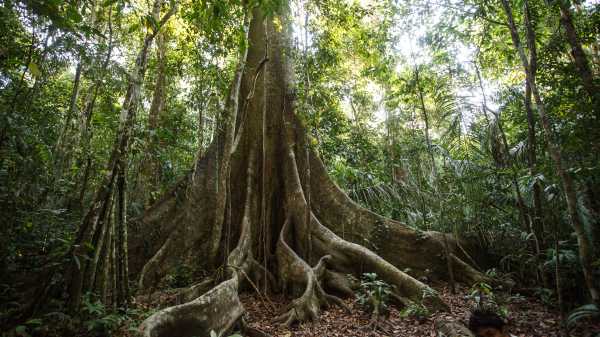
Trees in the Amazon rainforest are resisting climate change by growing thicker due to CO2 in the atmosphere.

A “new” island has emerged from melting ice in Alaska.
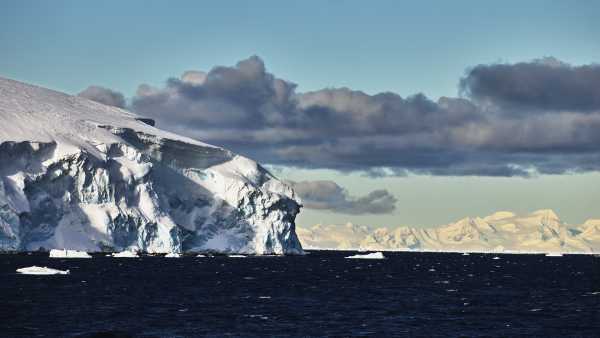
'Serious negative and unintended consequences': Polar geoengineering is not the answer to climate change

Climate action faces a new threat: pessimists who believe it's too late to act.

A new study has found that a key Atlantic current could begin to weaken as early as 2055.
Latest news

Jane Goodall, the renowned primatologist who discovered chimpanzee tool use, has died at age 91.
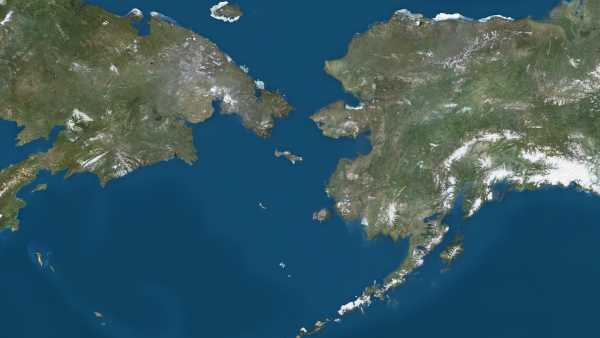
New research has shown that the Bering Land Bridge formed much later than we thought.

Scientists created human eggs from skin cells and then used them to create embryos.
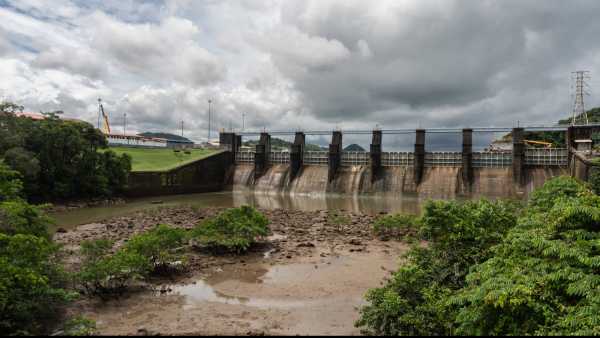
The Panama Canal requires a colossal amount of water to operate. A study warns that climate change could threaten this.

Years of repeated blows to the head increase the risk of CTE—even if they aren't concussions.
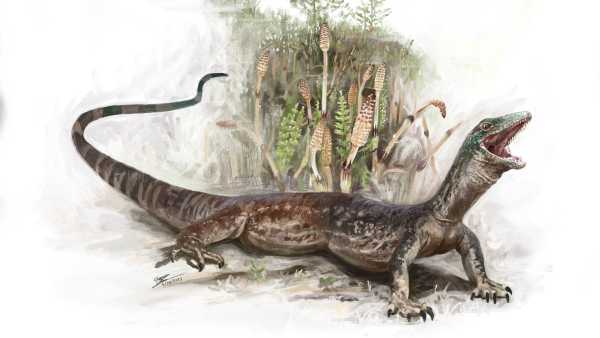
A mysterious 160-million-year-old creature discovered on the Isle of Skye is half lizard, half snake.
LATEST ARTICLES

1Jane Goodall, the renowned primatologist who discovered chimpanzees' use of tools, has died at the age of 91.
Live Science magazine is part of Future US Inc., an international media group and leading digital publisher. Visit our corporate website.
- About Us
- Contact Future experts
- Terms and Conditions
- Privacy Policy
- Cookie Policy
- Accessibility Statement
- Advertise with us
- Web notifications
- Career
- Editorial standards
- How to present history to us
© Future US, Inc. Full 7th Floor, 130 West 42nd Street, New York, NY 10036.
var dfp_config = { “site_platform”: “vanilla”, “keywords”: “type-news-daily,serversidehawk,videoarticle,van-enable-adviser-
Sourse: www.livescience.com


